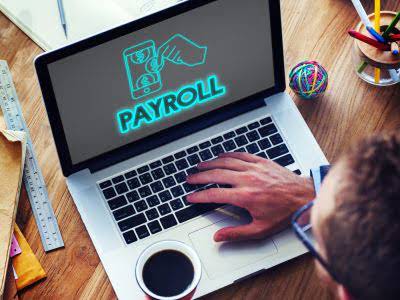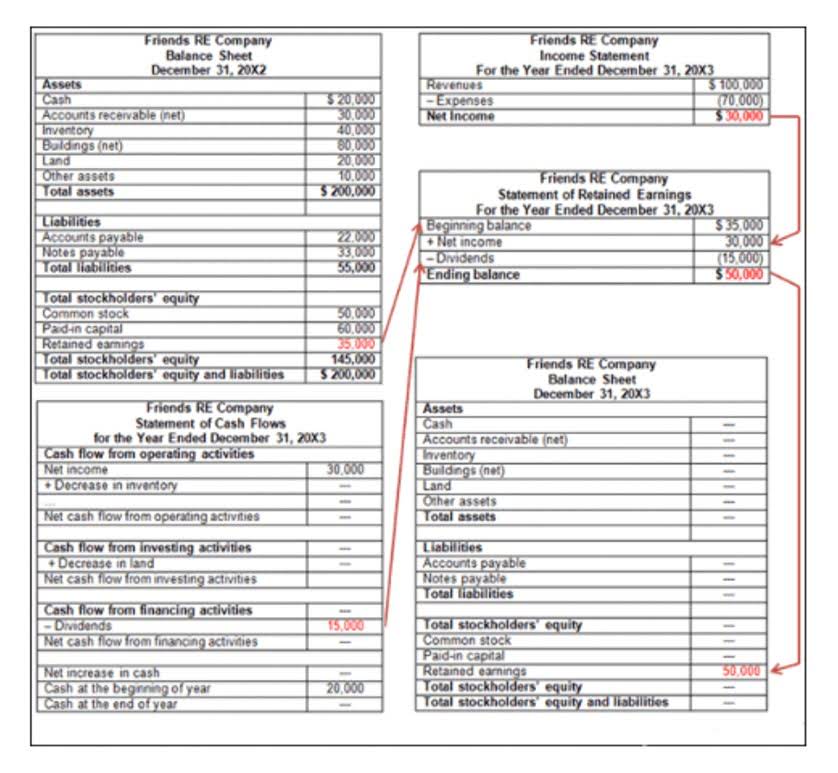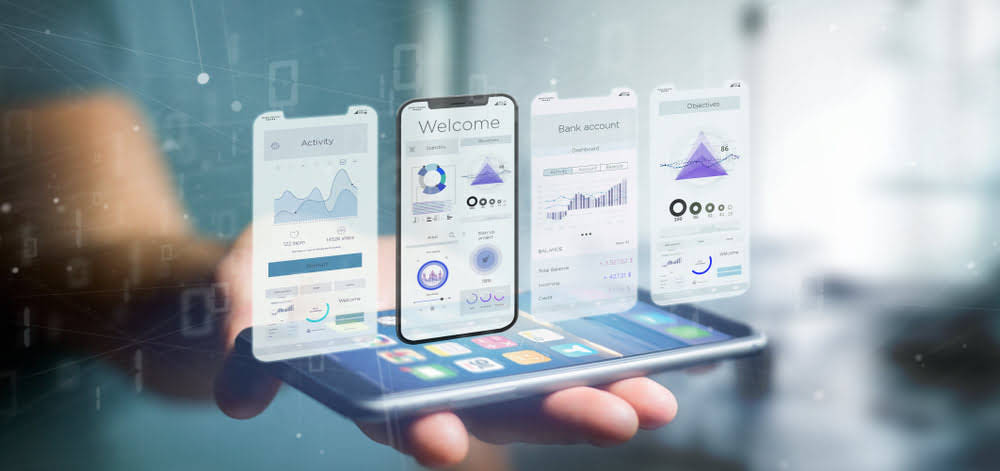
Because the customer receives a discount, you must also debit your contra revenue account, which is Sales Discounts. Then, you can try out different discount options to determine if you will earn a high enough profit margin. To find your cost of goods sold (COGS), add up your expenses for creating the product or offering the service.
- However, many small business owners use early payment discounts like this because it leads to increased working capital and improved cash flow.
- Next, they need to subtract the discount amount from the total amount due.
- It can also lead to some challenges, including a loss of profitability and administrative burdens.
- The screenshot below shows how this payment term is displayed on an invoice from QuickBooks Online.
- You can choose between two methods to record these accounts payable discounts.
Second, early payment discounts can create tension between customers and suppliers. Some customers may feel like they are being pressured to pay invoices early, https://www.bookstime.com/articles/net-realizable-value while others may feel like they are being penalized for paying on time. Finally, early payment discounts can complicate accounting and tax compliance.
Early Payment Discount Disadvantages
The goal of offering early payment discounts is to accelerate the payment process. When a supplier is paid in arrears, early payment discounts allow them to get paid quicker, while also giving buyers a chance to receive a discount on their invoice. If an early payment discount is agreed upon between a buyer and a seller, then each invoice the buyer receives from the seller with this vendor discount is a chance for the buyer to save money. As mentioned above, tracking early payment discounts can be a nightmare if you’re still using a manual accounting system. Some companies find it more convenient to use the gross method to record purchases and discounts.
- Yes, as early payment discounts can help establish long-term relationships with customers.
- They provide early payment discounts to customers to improve their cashflow.
- If the customer has adequate cash or a readily available line of credit, the 1% early payment discount for paying 20 days early equates to a very attractive annualized rate of approximately 18%.
- There are a lot of really good reasons to give your customers an early payment discount, particularly if you’re looking to expand your business or need to increase your cash flow.
- An early payment discount is a (typically small) price cut that customers enjoy when they pay their bills before the due date.
- This can be quite lucrative and can enable clients to save more money.
If Donna were to pay the invoice within 10 days of the invoice date, she could pay the discounted amount of $176.40, but if she doesn’t, the entire $180 will be due within 30 days. However, you’ll have to set up the due date to correspond with the due date for the discount, or you’ll end up taking an early payment discount without actually paying the invoice early. You can also add a discount when paying the bill by highlighting the bill to be paid and clicking on the Set Discount option below the bill. With the payment term in the system, you can then enter the invoice with the appropriate due date(s) for both the discount and the full amount. AP automation software results in quicker three-way matching, faster approvals, and better cash management capability so you can take advantage of those early payment discounts if you desire.
It is a cheaper option than your current borrowing cost
Not all small businesses have a full-fledged accounting team in place to track and manage early payment discounts. If you are using a spreadsheet or manual accounting system to record your accounts payable and receivable, offering an early payment discount can quickly become a headache. Assess whether the extra work spent recording and tracking these incentives is worth the hassle.
There’s no “wrong” way to offer an early payment discount, but remember the goal here is to encourage your customer to pay you earlier than you would normally expect to be paid. Early payment discounts are typically nominal—1% to 2% per invoice. On a large invoice, though, even a small percentage can lead to sizable savings for the customer. And collecting a large invoice in a fraction of the time can help you keep your business running smoothly. If you have little markup on your products and services, offering even a small discount can quickly cut into your operating margin, leaving you with little to nothing in profit. When initially setting pricing for products and/or services, make sure to take any future early payment discounts into consideration.
How To Calculate Early Payment Discounts
In this article, we’ll take a close look at early payment discounts, including how to determine if offering them is a good strategy for your business. If you’re using a manual accounting system to record business transactions, properly tracking and accounting for early payment discounts can create a lot of extra work. As a business owner, it’s up to you to decide whether it’s worth it. They offer an early payment discount and their customer takes the discount, but they don’t pay until the net 30 due date.

For some small businesses, it may be important to track such missed opportunities to reduce expenses. By comparison, the gross method does not identify missed discounts, only those that were taken. Research has shown that increasing customer retention rates by 5% will increase profits by 25% to 95%.
So, all together, 1/10 net 30 means that the buyer will receive a 1% discount if the invoice is paid within 10 days. This article considers the application of IFRS 15, Revenue from Contracts with Customers in accounting for prompt payment (early settlement) discounts; it is most relevant to students studying FA. Students studying FA1 and FA2 will also see prompt payment discounts but the underlying detail of IFRS 15 will be less relevant.
Xero – Review 2023 – PCMag Middle East
Xero – Review 2023.
Posted: Tue, 31 Oct 2023 18:28:20 GMT [source]
A quick and easy way to determine if an early payment discount would save you money is to check the rates and fees for your existing lines of credit or alternative funding sources. Hello Pj-Saddler, thanks for posting on the Community page, so there is no way to automatically apply the discount on the bill payment. An element of judgement is required over whether an entity is likely to take advantage of the prompt payment accounting for early payment discounts discount and, therefore, how much revenue should initially be recognised. This will have an impact on entities’ gross profit margins and there should be appropriate evidence to support judgements made. The terms of an early payment discount should be clearly stated on all invoices. Generally, payments must be received by the vendor within the stated number of days from the invoice date for the discount to be applied.
When does it make sense to offer an early payment discount?
Streamlining the AP process with a procurement solution, such as Planergy, integrates your purchasing activity with accounting software, like QuickBooks. Certain purchases of goods and/or services may be subject to state sales taxes. If a sales tax is not paid for the sales-taxable goods or services (even from out-of-state vendors), the buyer is likely to be liable for a state use tax.

